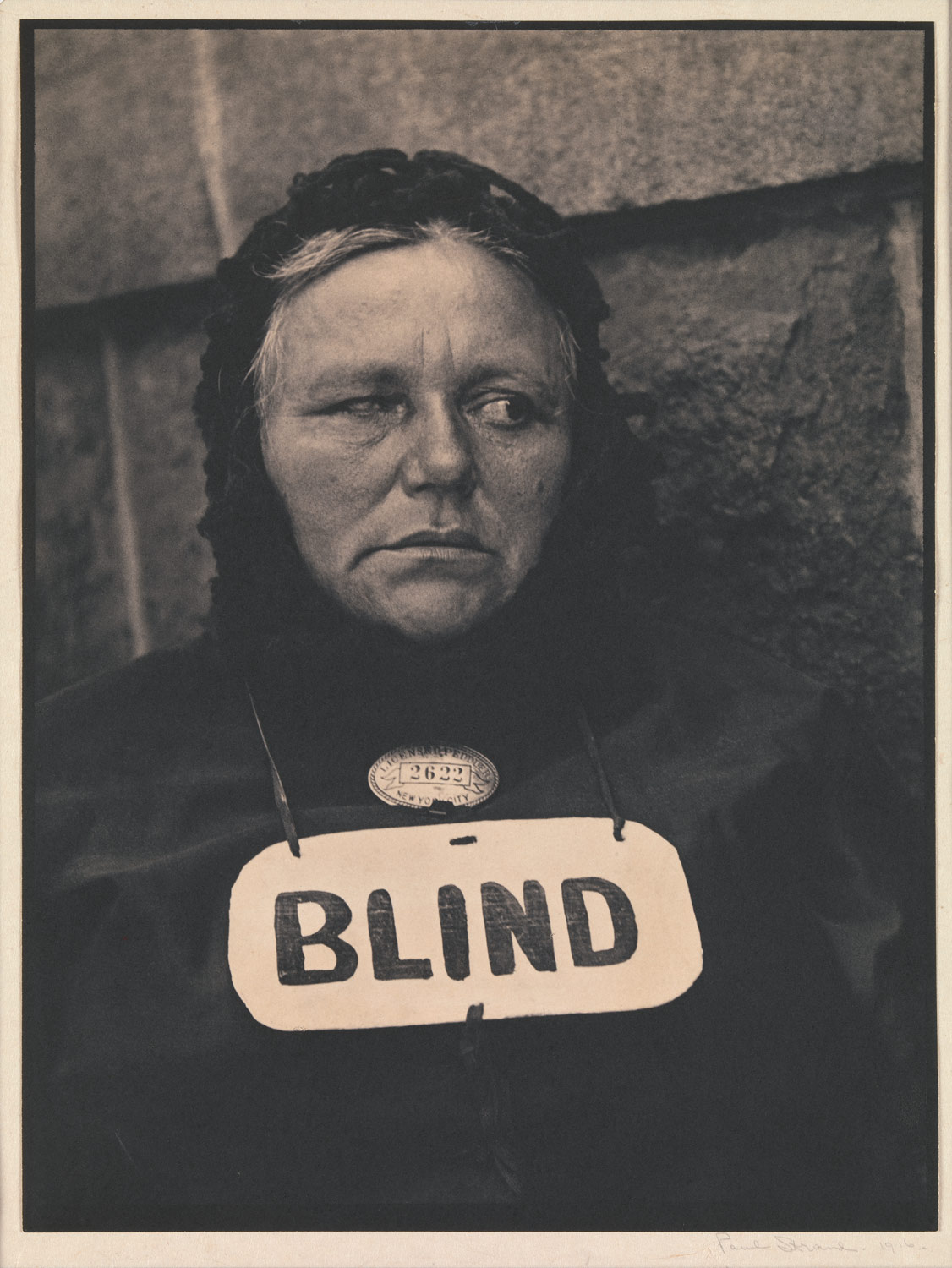Paul Strand was born in New York in 1890. When he was 17 he began taking a photography course studying under famed photographer Lewis Hine. During his training strand also became acquainted with Alfred Stieglitz, whose 291 Gallery in New York provided inspiration for stand and other aspiring modernist photographers and artists. A turning point in his career cam in 1915 when he began to discover what the large format camera could do. his photographs moved from soft focus scenes of modern New York. Strands images gained power from their integration of reality and abstraction within the composition. In 1920 another shift occurred in strands career his socal consciousness led him to explore the relationship between art and politics and to devote his career to progressive causes
In the early 1950s, due to the conservative political climate in the United States, Strand moved to Europe, spending six weeks in the northern Italian agrarian community of Luzzara and later traveling to the Outer Hebrides, islands off the northwest coast of Scotland, where he documented impoverished communities there. In the 1960s he also traveled to photograph the people of North and West Africa. Strand’s work was renowned, showing him to be a pioneer in 20th century avant-garde photography who was able to demonstrate to the world the effectiveness of art in promoting social change.

|
| 
 |  |
No comments:
Post a Comment